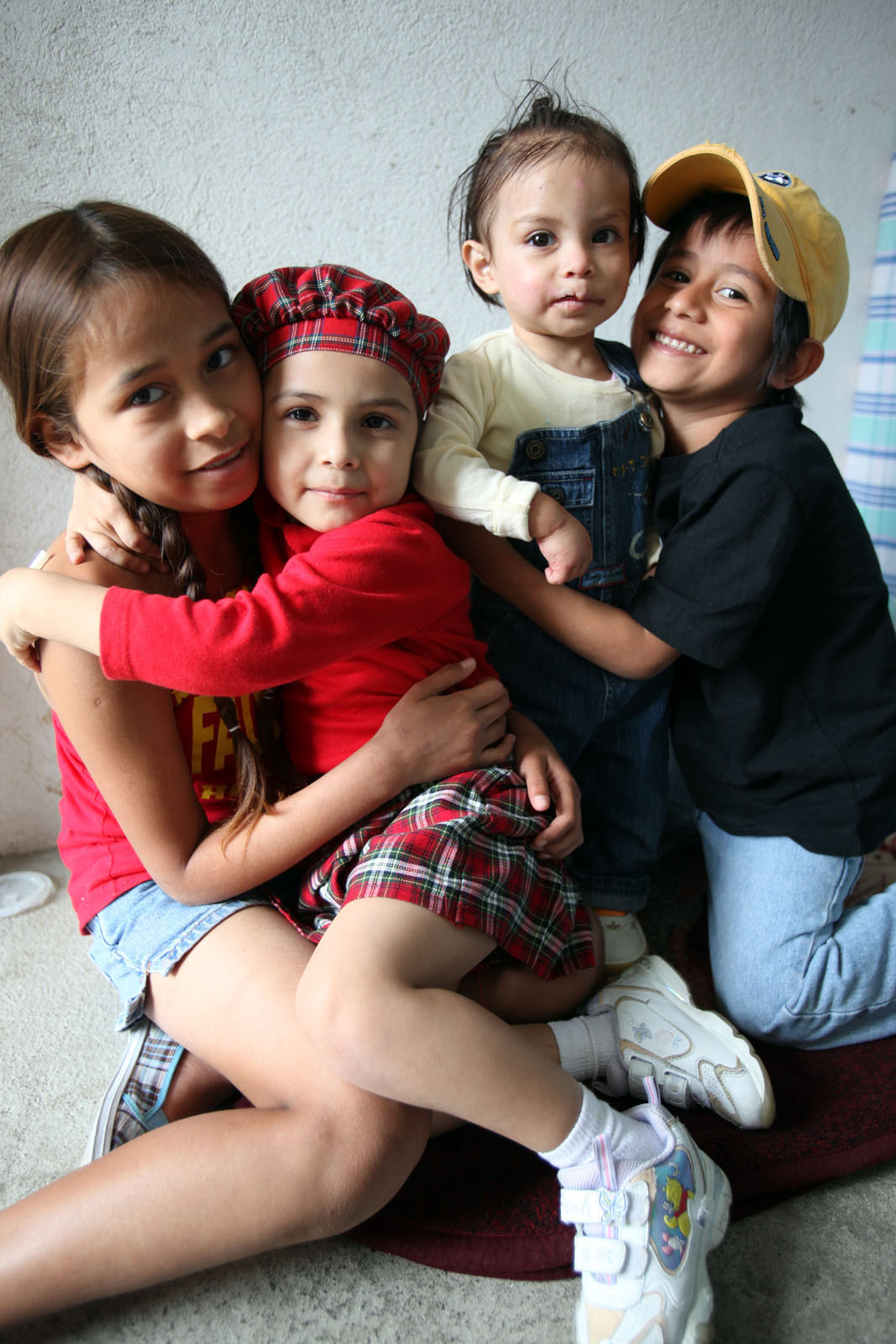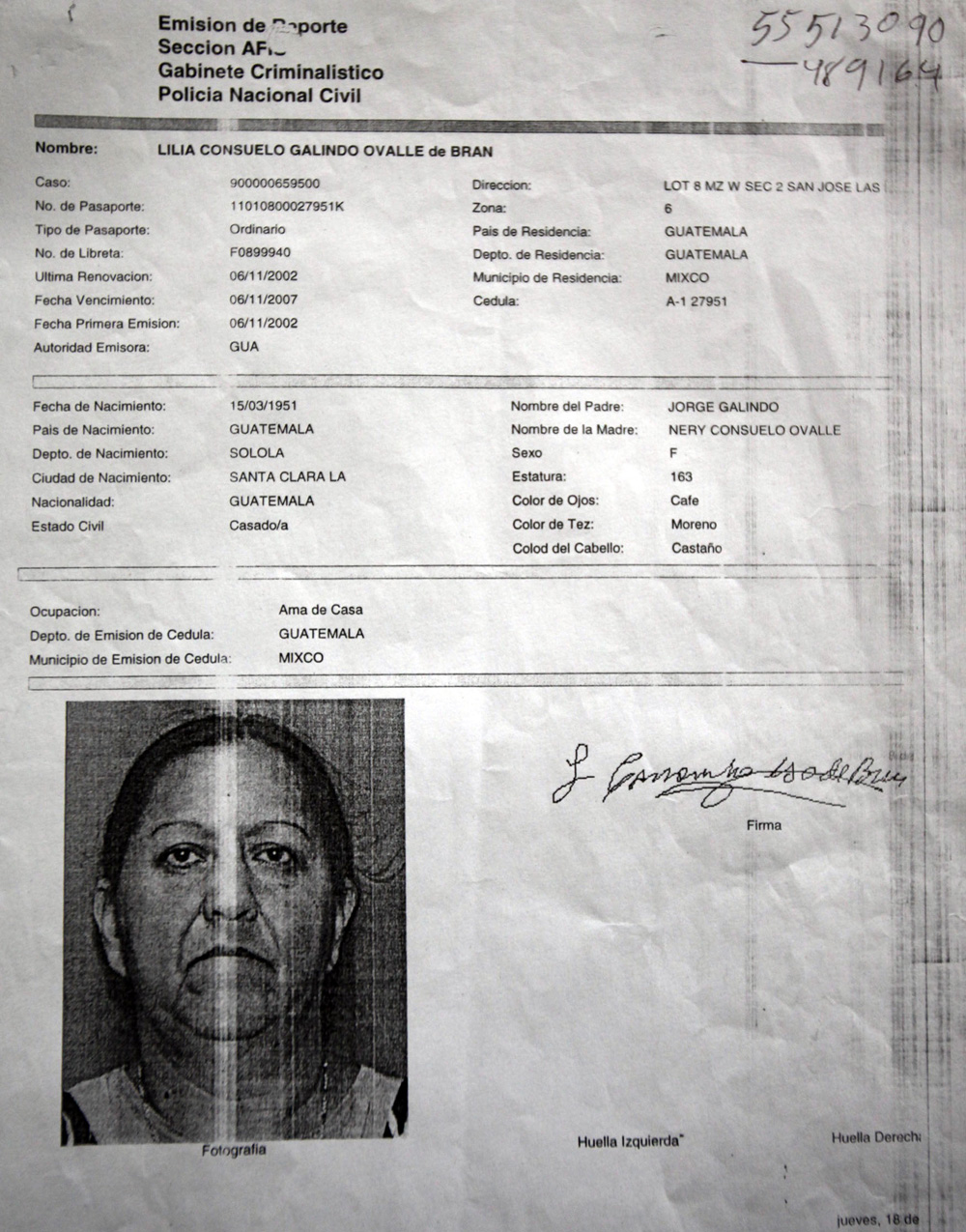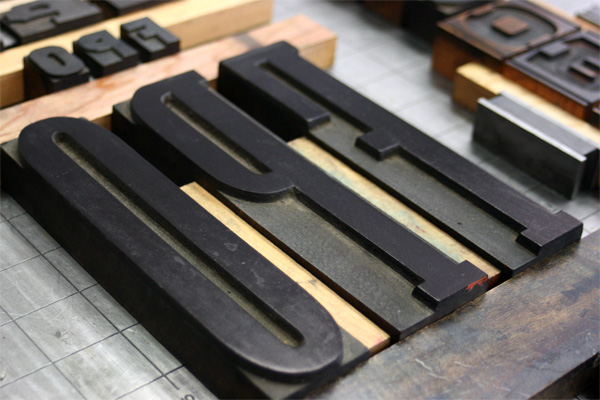In a previous post I talked about how journalists and artists can raise money to cover projects through crowd funding. Erin Siegal, a photographer, multimedia artist and journalist has been working on a story on corruption in the Guatemalan adoption industry. She used kickstarter.com to raise the money necessary to finish the story. Below is a Q&A with her about the process and why she didn't go the traditional route.

You've been working on Finding Fernanda for over two years. Did you start out thinking it would be a photo essay? If so, was your goal to get it published online or in a magazine?
I fell into the world of adoption corruption entirely by accident, and as a result of being a photographer. My sister and I went to Guatemala on vacation in
December 2007. While waiting for our plane in the Guatemala City airport, we were surrounded by Americans leaving with newly adopted children. On a visual level, it was a very striking scene because of the trans-racial element as well as the sheer number of children leaving. I was immediately curious to learn about what was happening. I decided to do a little research to see if there was a story angle I could pitch to my photo agency, Redux Pictures.
Back in the States, I started reading all the English language clips I could find about Guatemalan adoptions. To my surprise, many of the stories focused on issues of corruption like kidnapping, baby-selling, and bribery. There were numerous clips from 2005-2007, and when I watched the six-part Dateline special "To Catch a Baby Broker," my curiosity was piqued. I just didn't understand how the abuses could keep occurring, apparently over and over again. Where was the oversight? Was the US government turning a blind eye to proven child trafficking?
When I thought about how to photograph the story, it seemed like an immense amount of time and reporting was needed. How else could I start to understand corruption that possibly was rooted in organized crime? I'd also been creeping towards a point in my photo work where I wanted to explore multi-faceted, complex human-rights based issues that couldn't be told with just pictures. I wanted to write the text to go with my photographs. The problem was that I didn't know how, or where, to start.
Columbia University offers a Master's degree in journalism with an investigative specialization, the Stabile Center for Investigative Journalism. The Stabile Center takes about 12 students each year. The application requires a pitch for a year-long thesis investigation, so I proposed an examination into the political side of international adoption. Who was calling the shots, and why? What purpose did a lack of oversight serve?
In August 2008, I started as a Stabile fellow and my life became engulfed in adoption fraud. It was a fascinatingly gray subject, with no black or white. A few months after starting my research, I came across the poignant, incredible story of Betsy Emanuel and Mildred Alvarado, the two mothers whose stories are detailed in Finding Fernanda. I was able to spend a month living in Guatemala City generously funded by the Stabile Center in January 2009, and have returned since, paying my own way.
At first, I imagined pitching to Rolling Stone or Harper's. Yet boiling it down to 3,000 words seemed like a disservice. Hundreds of people (including sources who need anonymity for security reasons) talked to me, and I wanted to honor their trust and faith. A book made sense, though I didn't initially set out to write one. The story simply demanded it.

Did you approach any publications, foundations or NGOs about funding the story?
This past January, I immediately started hustling for funding.
The idea of partnering with an NGO crossed my mind, but accepting funding from an advocacy group would obviously damage the credibility of the reporting. The fundraising process hasn't been easy: it's a full-time job to finish reporting and writing a 300-page book in 8 months. Finding the time to apply for grants and awards, learn about marketing/sales, and freelance stories simultaneously is a constant challenge.
In terms of publications, right now I'm working with the New York Times on an adoption-related investigative story. It's a co-bylined feature I'm working on with Ginger Thompson. Since the Times is already one of my photo clients, Ginger and I are angling to have me shoot the story's photos. My photo agency has been getting me work here and there. Unfortunately, there aren't enough hours in the day to be pitching, reporting, writing, and shooting other freelance pieces right now, because of chapter deadlines.
I've also been applying to every grant and foundation I can find! Both the Pulitzer Center for Crisis Reporting and the Fund for Investigative Journalism turned down my original proposals for book support, but I plan to re-apply for the online project component. The Pulitzer Center is so overwhelmed by applicants that they've frozen their program until October to review the backlog of submissions! It's been tough, because I'm up against a crazy amount of laid-off journalists with years and years of experience. I have an ongoing dialogue with a few other grantmakers, and I've come really, really close serious backing- I was one of the finalists for Lowell Bergman's $45,000 Investigative Reporting Project Fellowship at Berkeley, but wasn't selected. I'm currently working on applications for the Alicia Patterson Foundation, among others.
Three funding sources have really come through. The first was Investigative Reporters and Editors (IRE) who awarded me one of two 2010 Freelance Fellowship Awards to support my part-time research assistant, the amazing Fernanda Diaz. Second, the Schuster Institute for Investigative Journalism, an amazing non-profit reporting center, has also kicked me $5,000 towards reporting expenses this spring. The third source had been Kickstarter, which has by far been the fastest and easiest way to fundraise. Finding Fernanda met its Kickstarter target of $3,000 in just six days, and I'm hoping to raise at least $5,000 total by August 20th.
Taking on a project like this requires more than a few leaps of faith. Finding Fernanda is a book both necessary and overdue. It's traditional investigative journalism done in the service of the public good, exposing wrongdoing and holding those in power accountable. The broader appeal lies in the compelling experience of two very different women, one Guatemalan and one American, whose lives accidentally intersect because of one little girl: Fernanda.

What benefits, besides the money raised, have you gotten out of opening your story up to funding through Kickstarter?
Crowd-sourcing has definitely helped raise the profile of the book. People now know why I've been off the radar for so long. Kickstarter also enables more people to become invested (literally!) in your work and your project's success. Finding Fernanda has been on Kickstarter for a little over a week now, and I'm continuing to spread the word through social networking and the occasional email. Folks want to help: I've been offered sources, introductions, and offers for future collaborations. The other amazing thing is all of the encouragement; people out there believe in this project as much as I do. Writing a book-length work is a solitary endeavor, and the support is so warming. The Kickstarter experience has been incredibly positive.
Are there any potential downsides to tapping your social network for
money to support a project?
In the beginning, it felt really strange, almost like online panhandling. After the first day of being on Kickstarter, I had a moment of absolute terror over soliciting, and considered canceling my project listing all together. Talking about the Kickstarter concept of crowd-sourcing with friends also helped me relax about it. I asked two close friends, one journalist and one photographer, what they thought about the possible sleaze factor. Both independently pointed to the same thing: if the public thinks your project is worth supporting financially, that's a way of understanding your idea's relevance to society at large.
Perspective also kicked in: no one else out there is going to do this work. I'm not making money, let alone breaking even. I'm trying to get by in a media landscape that provides few opportunities and support for long-term investigative/ documentary projects.
Anything else you'd like to share?
I want to say a heartfelt thanks again to not only all of my Kickstarter backers, but to those friends, colleagues, and contacts who helped by reposting, retweeting, and blogging! You are all so wonderful. And of course, Finding Fernanda will be on Kickstarter until August 20, 2010- you can check it out at http://kck.st/c533wf .
The project's website is also currently housed at www.findingfernanda.com. I'm always open to ideas, suggestions, and collaborations, and can be reached at Erin (at) erinsiegal.com

Erin Siegal’s dual passions for photography and the written word led to an education patchworked between New York City’s School of Visual Arts, Harvard University, and Parsons School of Design. She earned a BFA in Photography from Parsons in 2006, and a Master’s degree in Investigative Journalism from Columbia University in 2009, where she was a Fellow at the Toni Stabile Center for Investigative Journalism. Based in the Bay Area, Erin’s clients have included Human Rights Campaign, the New York Times, Reuters, the Urban Justice Center, RollingStone.com, the United Nations, and more. She was an Artist-in-Residence at the School of Visual Arts and the Camera Club of New York, and her work has been shown at the Jen Bekman Gallery. A 2009-2010 Fellow at the Schuster Institute for Investigative Journalism, Erin is currently working on her first book, which details corrupt practices and child trafficking in international adoption between Guatemala and the United States.


 It's that time of the year when you dig into the Photo Annual, remember all of the great work shot last year and discover some new gems along the way. But inevitably, a few months later I've forgotten some of these photographers so that's why I like to write it all down. Below are some of my favorites, in no particular order:
It's that time of the year when you dig into the Photo Annual, remember all of the great work shot last year and discover some new gems along the way. But inevitably, a few months later I've forgotten some of these photographers so that's why I like to write it all down. Below are some of my favorites, in no particular order: Yay for Blurb's
Yay for Blurb's 







